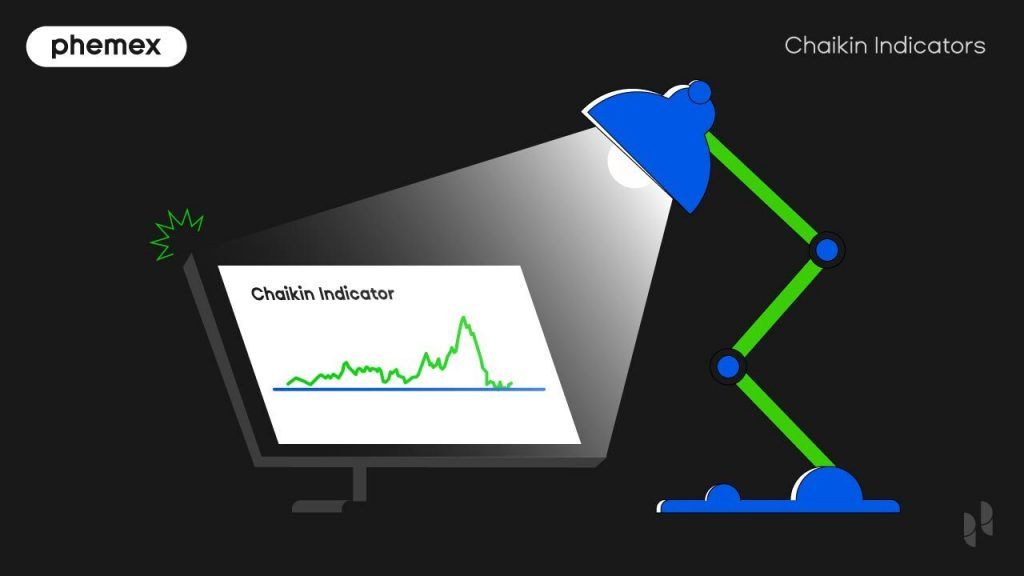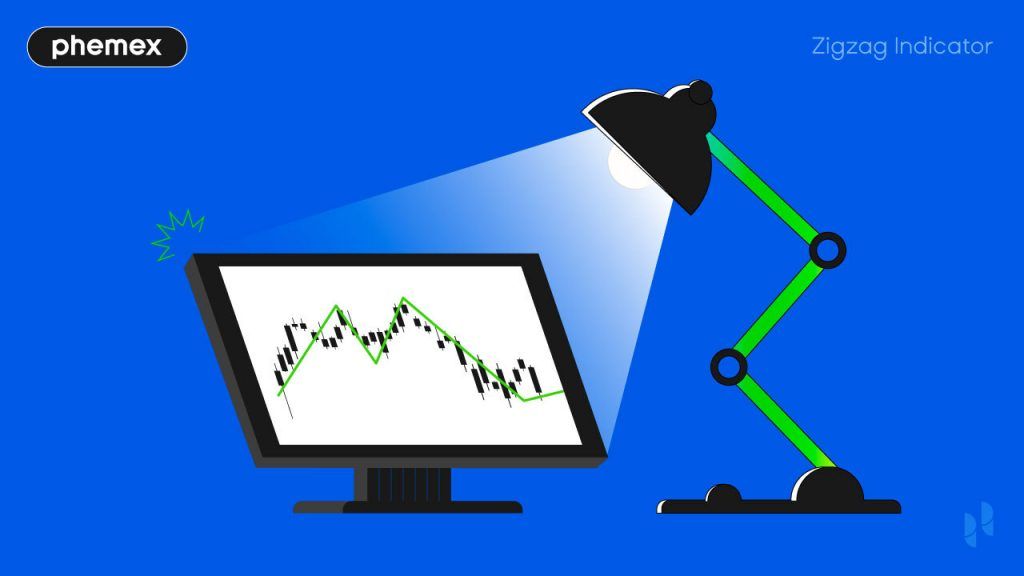What Is a Pennant Pattern?
The pennant pattern is a price pattern that traders use to trade various types of assets. It is a type of continuation pattern. A pennant suggests that the price of a particular asset will continue its large movement in the same direction after a brief consolidation period.
The name of the pattern comes from its shape. This shape is similar to the shape of the pennant flags typically used in sporting events. The pennant starts with the “pole” or “flagpole,” which represents the previous trend. The sideways movement comes after the pole, where the price of an asset consolidates or trades within a range of prices or between the support and resistance trendlines for some amount of time. This price range decreases over time, forming the “flag” shape when the support and resistance trendlines converge with each other, as shown in the figure below. When the lines converge, there will then be a breakout from the pennant chart, continuing the previous trend of the pole.
There are two types of pennant patterns: the bullish and bearish pennant.

Pennant patterns. (Source: forex.academy)
What is A Bullish Pennant?
A bullish pennant begins with a significant uptrend where the price of a particular asset is increasing, forming a bullish pole. This upward trend in price then halts, and the price begins to fall instead. The price drop typically does not last long and will rise as it retraces the previous uptrend. However, this retracement is small and weak, causing the price to dip again and form a sideways trend. The successive retracements and dips become smaller over time, leading to the convergence of the support and resistance levels. This difference between supply and demand is what causes the sideways movement. Eventually, there is a breakout and the price continues into an uptrend at the point where the levels converge.

The bullish pennant pattern. (Source: IG.com)
What is A Bearish Pennant?
A bearish pennant begins with a strong downtrend where the price of a particular asset is falling, forming a bearish pole. This downward trend in price then halts and the price begins to rise instead. The price increase generally does not last long and will fall as it retraces the previous downtrend. Similar to the bullish pennant, this retracement is weak and the price increases slightly afterward. Once again, a sideways trend is formed and the support and resistance levels compress and converge. At the convergence point, there is a breakout and the price continues into a stronger downtrend.

The bearish pennant pattern. (Source: IG.com)
How To Recognize Pennant Patterns?
Here are some real examples showing the bullish and bearish pennant patterns that readers can use as a reference. Readers should note that a pennant’s appearance is not a guarantee that there will be a price continuation. Experienced traders typically use trading indicators or technical analysis tools such as moving averages to confirm the pennant pattern.

Recognize a Bullish Pennant
From the figure below, a bullish pennant pattern can be spotted. Prior to the sideways trend or consolidation period, the price of Loopring (LRC) was on an uptrend, rising from around $2.10 to about $3.00. The uptrend then stopped and began to make lower highs and higher lows as the resistance level on the top converged with the support level at the bottom, forming the sideways trend. During such a sideways movement, there is usually a strong sentiment that the market will continue its uptrend. On the other hand, some existing buyers would be looking to sell the asset and take some profit while bearish traders might sell or short the asset in anticipation of a retracement. For this example, at the end of this particular sideways movement, the positive sentiment won out and LRC’s price continued to move in an upward trend, reaching almost $3.80.

Bullish pennant identified from a Loopring (LRC) price chart from November 9 to November 10, 2021, 15 min time frame. (Source: TradingView)
Recognize a Bearish Pennant
From the figure below, a bearish pennant pattern can be observed. In this example, the price of Bitcoin (BTC) was on a bearish trend, falling from around $65,000 to about $55,000. The downward trend then stopped and made higher lows and lower highs. The resistance level on the top converged with the support level at the bottom, forming a sideways movement. For a bearish pennant, the sideways trend indicates there is a strong sentiment that the market will continue being bearish. Some sellers try to take profit before the price falls even further. Nonetheless, some bullish traders might open new positions, thinking that the price will bounce back. For this example, at the end of the sideways movement, the negative sentiment won out and BTC’s price continued to fall, reaching almost $48,000.

Bearish pennant identified from a Bitcoin (BTC) price chart from April 7 to May 4, 2021, 4h time frame. (Source: TradingView)
How To Trade on a Pennant Pattern?
Once traders spot either a bullish or bearish pennant pattern on the price chart of a particular asset, they should consider how to enter (go long) or exit (go short) the market. If it’s a bullish pennant, traders can go long by purchasing the asset in anticipation of a price increase. If it’s a bearish pennant, traders can go short by selling the asset in anticipation of a price decrease and repurchase the asset at a lower price. To take profit and avoid huge losses, traders should place their Take Profit and Stop Loss orders. As the crypto market is volatile, the Stop Loss or Take Profit order should not be too close to the entry price, or else it will trigger too quickly.
In an ideal scenario, if the market rises or falls by $100 prior to the consolidation period, the market is expected to make another $100 increase or decrease after the price breakout point. However, in most scenarios, traders should not expect the market to make similar price movements after the sideways trend ends. Instead, traders should set the Take Profit order according to their risk tolerance. New traders can test and practice pennant trading on a simulation trading platform before trading with real money on the traditional or cryptocurrency market.
Trading on a Bullish Pennant
The figure below is an example of how to enter a market after the appearance of a bullish pennant. The corresponding steps are as follows:
- The trader identifies a bullish pennant wherein there is a consolidation period after a bullish run. The trader takes note of the starting price of the bullish run, which is around $2.10.
- The trader places an order at the point when the price breaks out from the sideways trend and moves higher. In this case, the trader places an order at around $2.95 and prepares to go long. The price increase from the starting price and the Take Profit price is $0.85.
- To limit losses, the trader places a Stop Loss order at the support level. In this case, the Stop Loss order is placed at around $2.75.
- The trader places a Take Profit order depending on their risk tolerance. In this case, the trader expects the price to make a similar increase of around $0.85 prior to the pause of the bullish trend. Thus, the trader places the Take Profit order around $3.75, which the market does hit after a few hours.

The Take Profit, Stop Loss, bullish run starting price, and entry point for a bullish pennant identified from a Loopring (LRC) price chart from November 9 to November 10, 2021, 15 min time frame. (Source: TradingView)
Trading on a Bearish Pennant
The figure below is an example of how to exit a market after the appearance of a bearish pennant. The corresponding steps are as follows:
- The trader identifies a bearish pennant wherein there is a consolidation period after a bearish run. The trader takes note of the starting price of the bearish run, which is around $64,300.
- The trader places an order at the point when the price breaks out from the sideways trend and moves lower. In this case, the trader places an order at around $53,750 and prepares to go short. The price increase from the starting price and the Take Profit price is $10,550.
- To limit losses, the trader places a Stop Loss order at the resistance level. In this case, the Stop Loss order is placed at around $57,300.
- The trader places a Take Profit order depending on their risk tolerance. In this case, the trader expects the price to make half of the decrease of $10,550 prior to the pause of the bearish trend. Thus, the trader places the Take Profit order around $48,000, which the market does hit after a few days.

The Take Profit, Stop Loss, bearish run starting price, and entry point for a bearish pennant identified from a Bitcoin (BTC) price chart from April 7 to May 4, 2021, 4h time frame. (Source: TradingView)
Conclusion
The pennant pattern is a common price continuation pattern that traders use to determine when to enter or exit the market. Bullish pennants come after a bullish trend while bearish pennants can be spotted after a bearish trend. Trading on pennant patterns can be very profitable if traders can reliably identify them. First, traders should look out for consolidation periods after bullish or bearish trends. Then, traders can wait for price breakouts to either go long or go short. However, like all trading strategies, pennant trading involves a certain degree of risk. The appearance of a pennant does not necessarily mean that the trend will continue after the price breakout point. Hence, traders should only trade what they can afford to lose and set up their Take Profit and Stop Loss orders properly according to their risk tolerance. In addition, traders should combine the pennant pattern with other available trading tools and practice with such tools before utilizing them in trades.
Read More
- What are Bull Flag and Bear Flag Patterns: All You Need to Know
- What Are Continuation Patterns: Geometric Shapes to Trading Success
- The Diamond Pattern: What Is It and How To Use It?
- The 8 Most Important Crypto Candlestick Patterns
- What are Harmonic Patterns: Predicting Future Price Actions
- All About Reversal Candles: How to Read and Trade
- What is ABCD Pattern: The Patterns To Trading Success
- How to Read Crypto Charts: Learn Trading Chart Patterns









